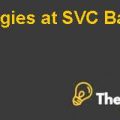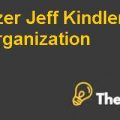
In 1982, Saab opened his first workshop in Beirut and began designing luxurious evening gowns and exquisite wedding dresses. His talent for design is fueled by his career in the 1980s. In 1990, Saab continues to expand its business by moving to a larger studio in Beirut, and the organization of exclusive fashion shows in Europe. In 2000, he opened a salon and showroom in Paris, to increase its cosmopolitan and international clientele. The flagship store opened in Paris in March 2007. In June 2010, Elie Saab (ES) has opened its first flagship store in the Gulf region in the prestigious shopping center Dubai Mall in Dubai. The new flagship store is to strengthen the presence of the brand in the United Arab Emirates, to make their products more accessible to local and international customers in the region. Shop offers day and evening wear dresses, shoes, bags and accessories from the latest ready-to-wear (RTW) collections. In July 2008, ES has opened its first boutique in the UK Harrods. The company plans to increase its presence in the retail world by opening additional stores in major cities around the world, including the U.S. and Asia. While the company has witnessed an impressive growth, management has to deal with the problem of choosing the right partners, identifying new markets with the highest growth potential and most importantly, to protect the brand from dilution. Since its aim was "to attract, select and support clients who place value on high-end, one-of-a-kind designs are made from the finest fabrics and materials." The case covers the challenges and opportunities of the company as it expands internationally. "Hide
by Nadia Shuayto Source: Richard Ivey School of Business Foundation 17 pages. Publication Date: July 26, 2012. Prod. #: W12092-PDF-ENG













